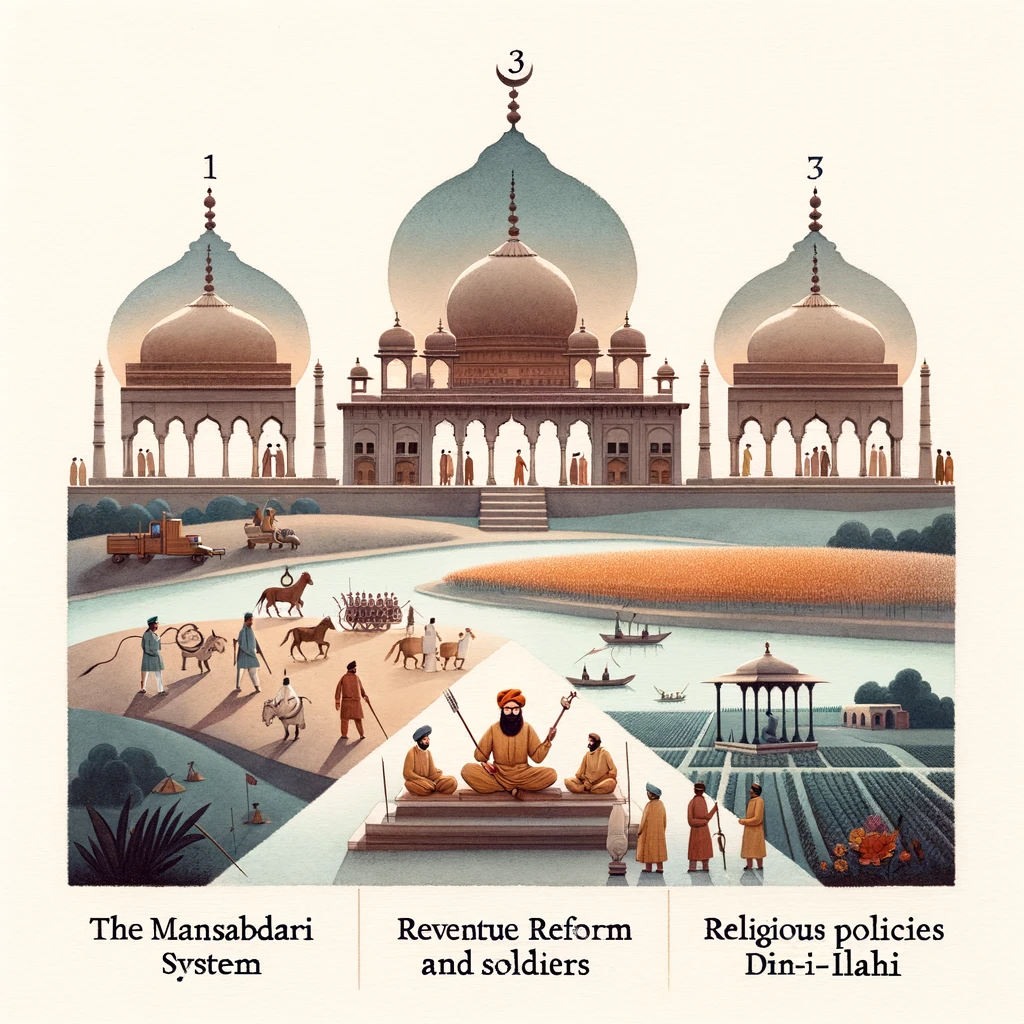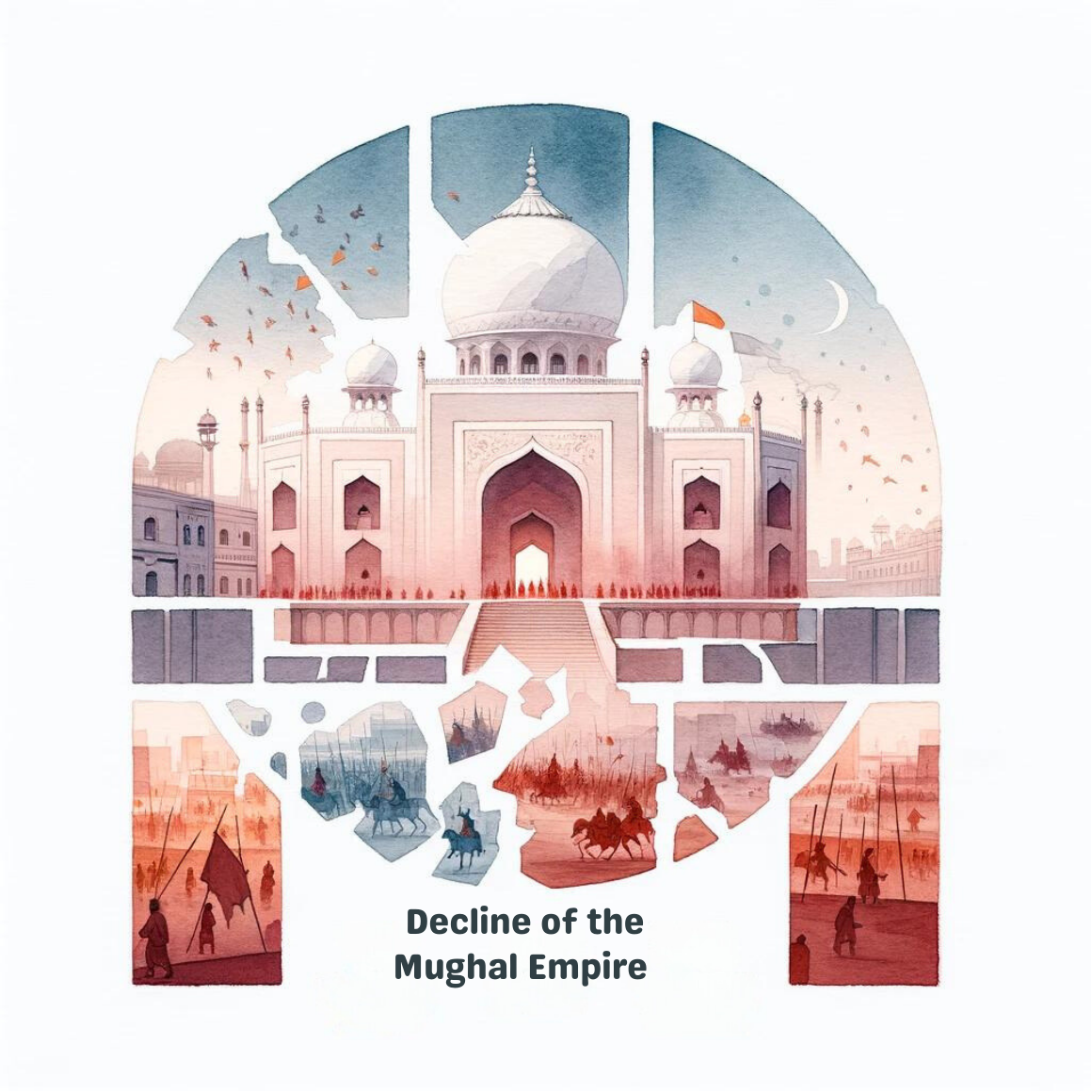The Mughal Empire, which ruled over the Indian subcontinent from the early 16th to the mid-18th century, left an indelible mark on art and architecture. The Mughals, originally of Central Asian descent, brought with them a rich cultural heritage that blended Persian, Islamic, and Indian elements. This synthesis is evident in the monumental structures they built, which continue to awe and inspire. Among the most significant contributions are the Taj Mahal, Red Fort, and Fatehpur Sikri, each epitomizing the grandeur and sophistication of Mughal architecture.
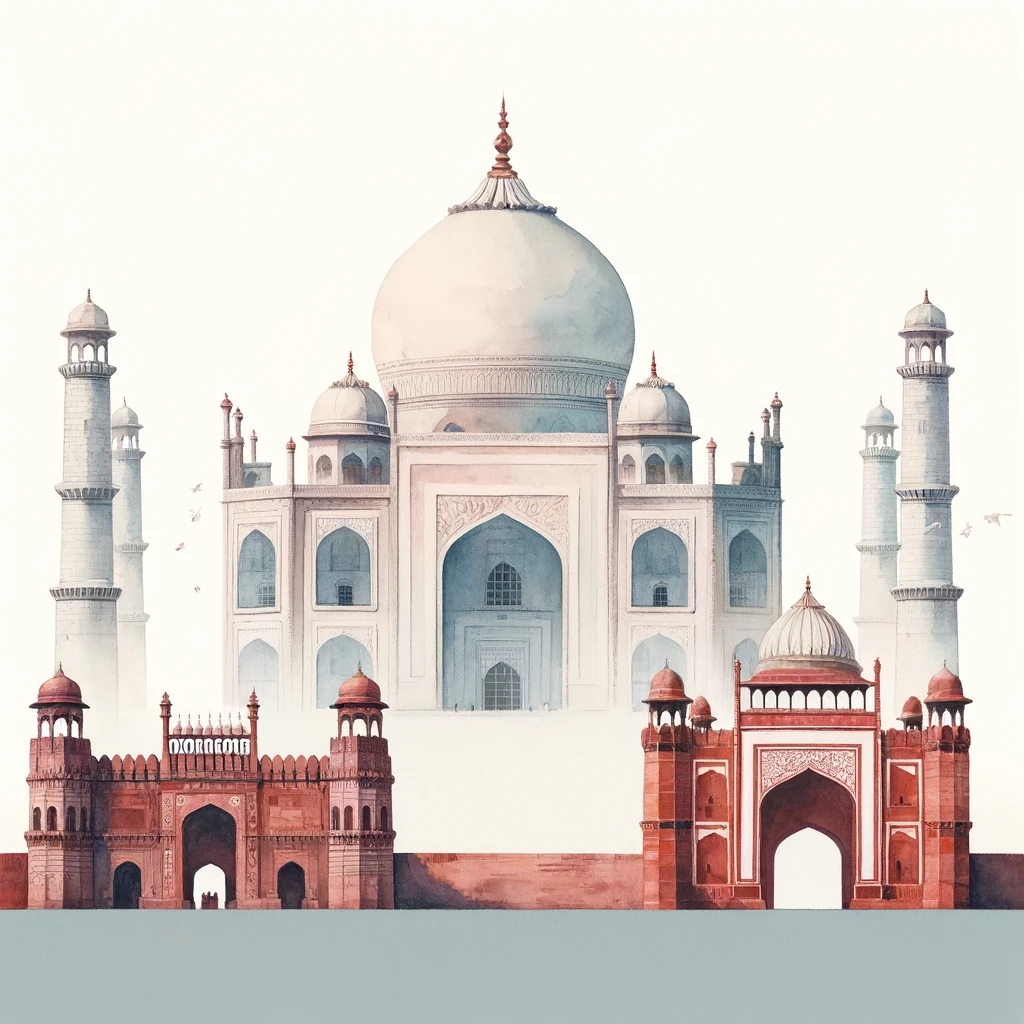
The Taj Mahal: A Symbol of Eternal Love
The Taj Mahal, located in Agra, is perhaps the most iconic symbol of Mughal architecture and one of the most recognizable structures in the world. It was commissioned by Emperor Shah Jahan in 1632 in memory of his beloved wife, Mumtaz Mahal. The Taj Mahal is a masterpiece of symmetry, proportion, and grandeur.
Key Features
- White Marble: The entire structure is clad in white marble, which changes color with the light of the day, creating a mesmerizing visual effect.
- Inlay Work: The Taj Mahal is adorned with intricate inlay work, known as ‘pietra dura,’ using semi-precious stones to create floral and geometric patterns.
- Central Dome: The massive central dome, flanked by four smaller domes, is an architectural marvel, rising to a height of 73 meters.
- Gardens: The Taj Mahal is set within a vast Mughal garden (charbagh) symbolizing paradise, divided into four parts by watercourses.
The Taj Mahal stands as a testament to the Mughal’s advanced engineering, artistic sensibilities, and deep-seated appreciation for beauty and love.
The Red Fort: A Fortress of Power
The Red Fort, or Lal Qila, in Delhi, was constructed by Shah Jahan in 1648. It served as the main residence of the Mughal emperors for nearly 200 years. The fort’s name derives from its massive red sandstone walls, which stretch over 2.5 kilometers.
Key Features
- Massive Walls: The imposing red sandstone walls, standing 33 meters high, are designed to protect the complex from invasions.
- Architectural Variety: The fort contains a mix of Persian, Timurid, and Indian architectural styles. Thus reflecting the cultural diversity of the Mughal Empire.
- Notable Buildings: Within the fort, structures like the Diwan-i-Aam (Hall of Public Audience), Diwan-i-Khas (Hall of Private Audience), and the Rang Mahal (Palace of Colors) showcase the opulence of Mughal architecture.
- Khas Mahal: The emperor’s private residence, the Khas Mahal, is notable for its white marble structure and ornate decorations.
The Red Fort remains a powerful symbol of Mughal architectural innovation and their authority, standing as a monumental reminder of their reign.
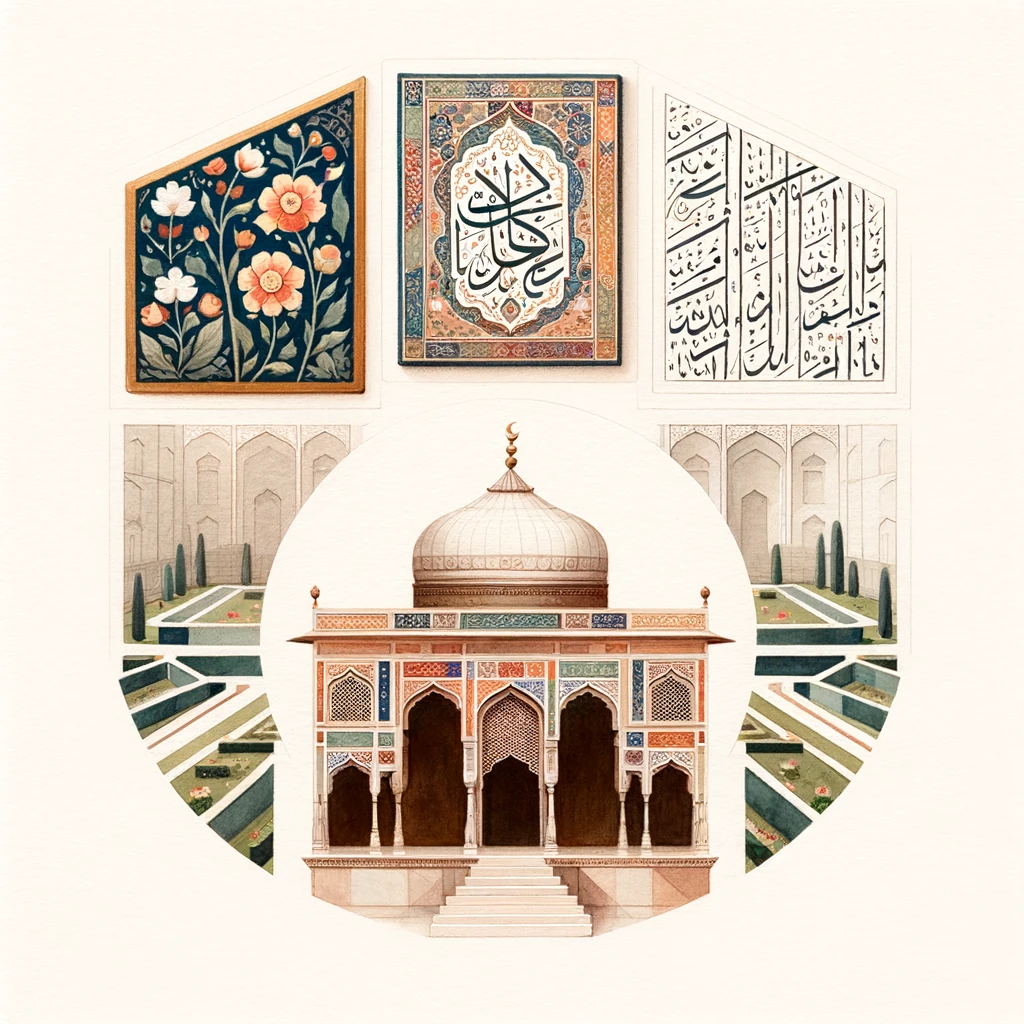
Fatehpur Sikri: A City of Vision
Fatehpur Sikri, located near Agra, was built by Emperor Akbar in the late 16th century. Designed as a new capital, the city reflects Akbar’s vision of a grand and inclusive empire. Though it served as the capital for only 14 years, its architectural brilliance is undeniable.
Key Features
- Jama Masjid: One of the largest mosques in India, the Jama Masjid in Fatehpur Sikri is a significant religious and architectural landmark.
- Buland Darwaza: The grand gateway, Buland Darwaza. It stands 54 meters high and is one of the most impressive entrances to any Mughal structure.
- Panch Mahal: This five-story pavilion served as a pleasure palace, with each floor offering a panoramic view of the surrounding area.
- Diwan-i-Khas: The Hall of Private Audience is renowned for its unique central pillar. It supports a stone platform from which Akbar would address his subjects.
Fatehpur Sikri’s architectural layout and its blend of Indian and Persian styles underscore Akbar’s inclusive approach to governance and his innovative spirit.
The Legacy of Mughal Art and Architecture
Mughal art and architecture represent a fusion of cultural influences that created a unique and enduring legacy. The Mughals were patrons of the arts. Their contributions went beyond mere construction to encompass detailed craftsmanship, advanced engineering, and urban planning.
Artistic Contributions
- Miniature Paintings: The Mughals are also known for their miniature paintings. These combine Persian artistic techniques with Indian themes and colors.
- Calligraphy: Intricate calligraphy, often using verses from the Quran, adorned many Mughal buildings, adding to their spiritual and aesthetic appeal.
- Gardens: The Mughals introduced the Persian-style charbagh, a quadrilateral garden layout, which became a prominent feature of their architectural projects.
The Mughal architectural style influenced subsequent Indian architecture, including during the British colonial period. Their legacy is visible in the many forts, palaces, and gardens that continue to draw visitors from around the world.
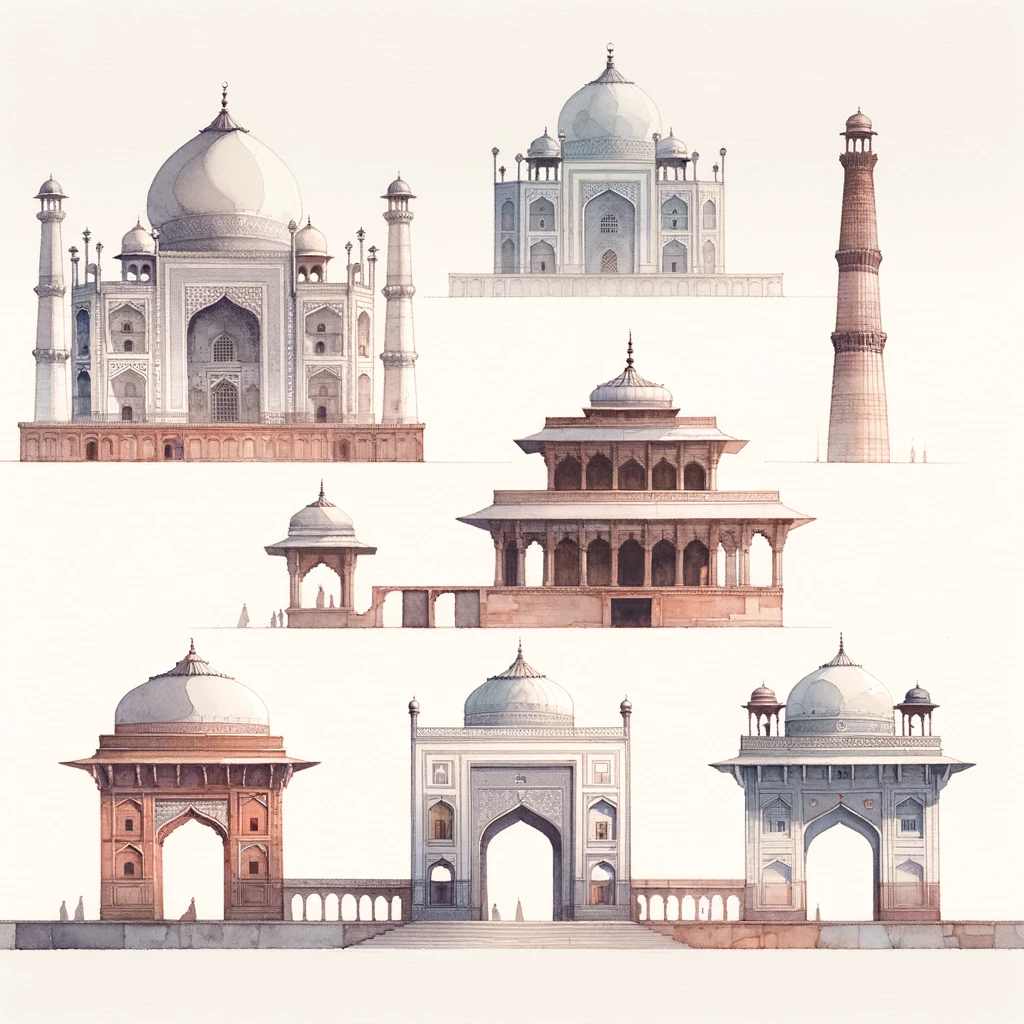
Conclusion
The Mughal contributions to art and architecture are a testament to their sophisticated tastes, cultural integration, and architectural ingenuity. The Taj Mahal, Red Fort, and Fatehpur Sikri stand as enduring symbols of their grandeur and vision. This Mughal architecture showcases the best of what the Mughal Empire had to offer. These structures not only serve as historical landmarks but also as inspirations for generations to come. Thus, reminding us of a time when art and architecture reached new heights of beauty and elegance.

